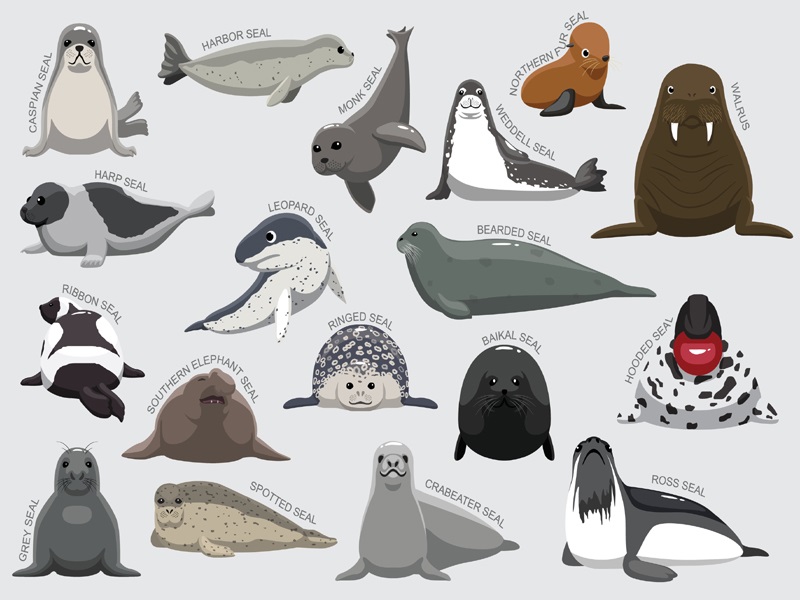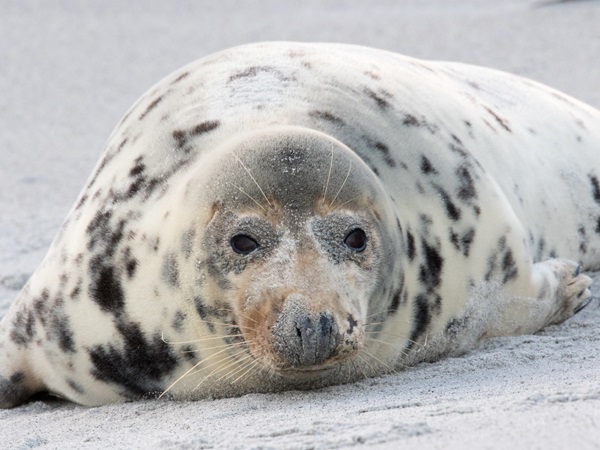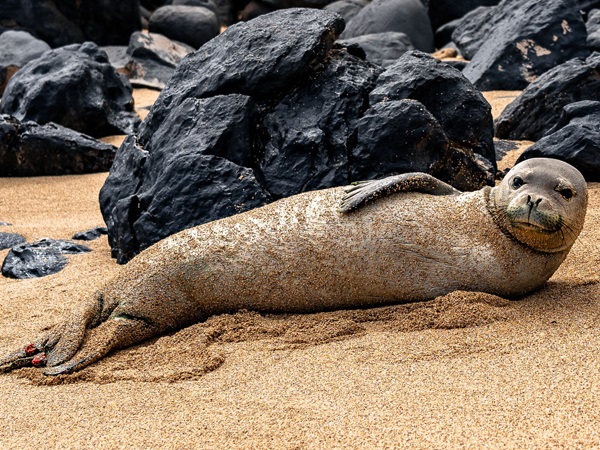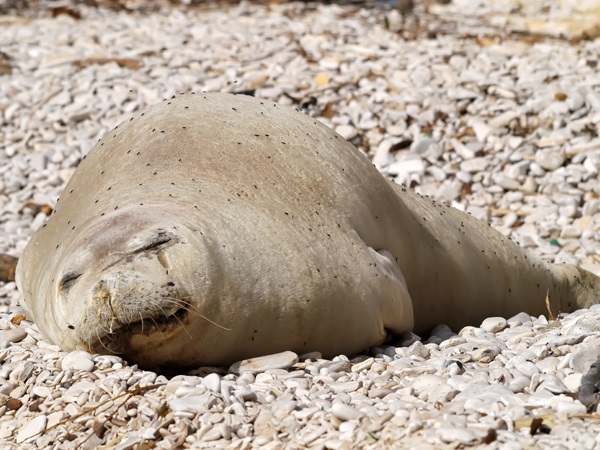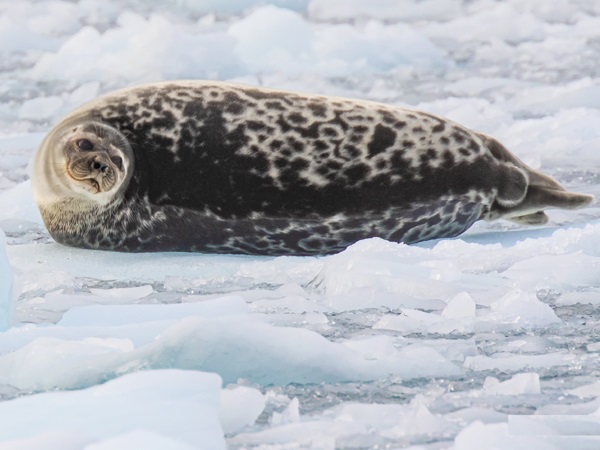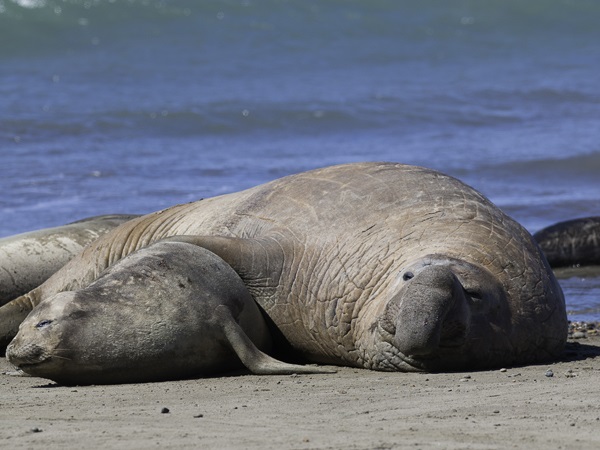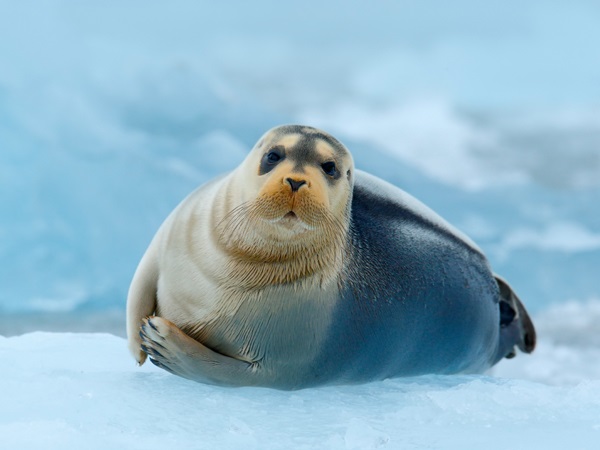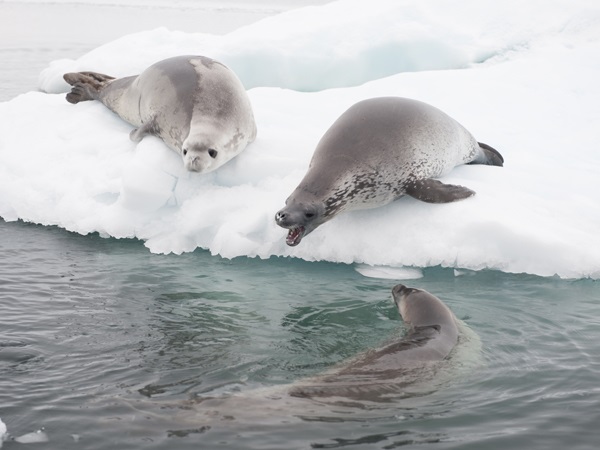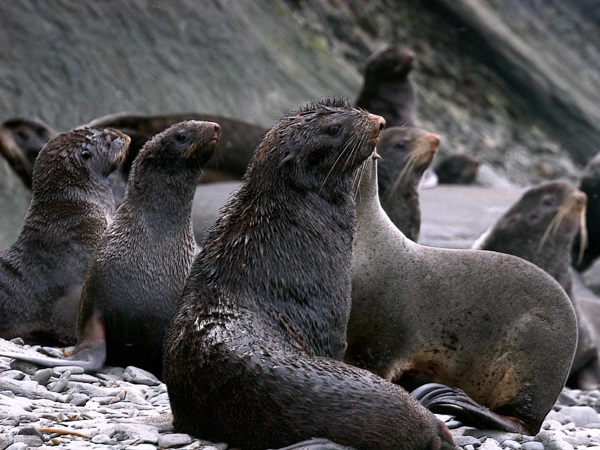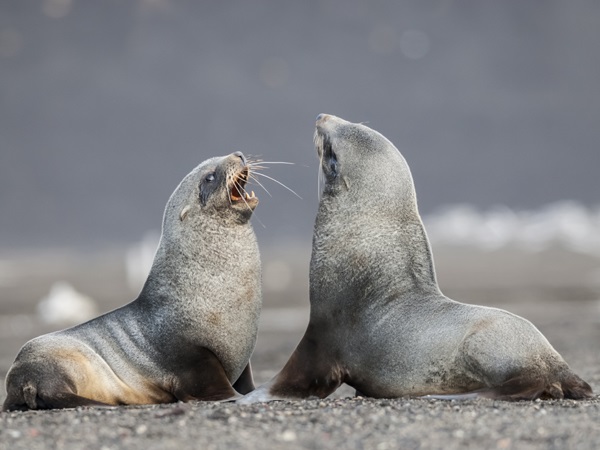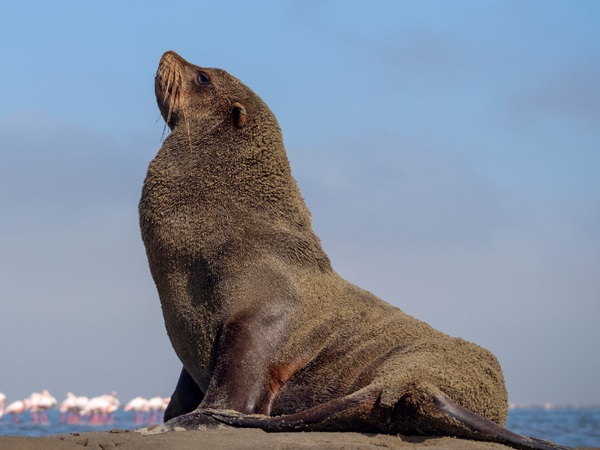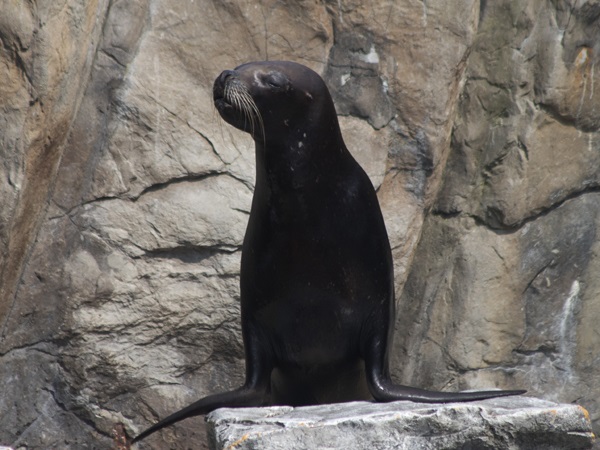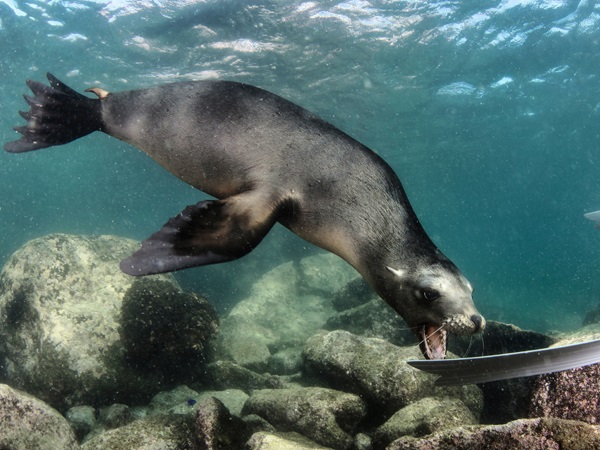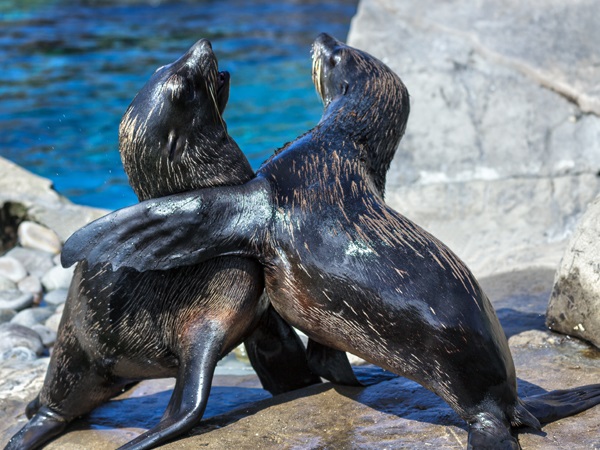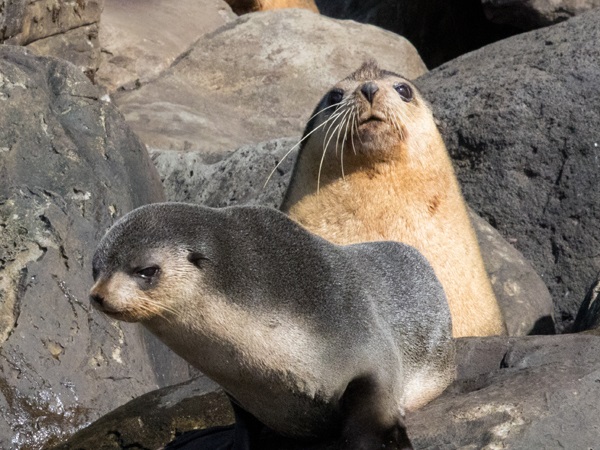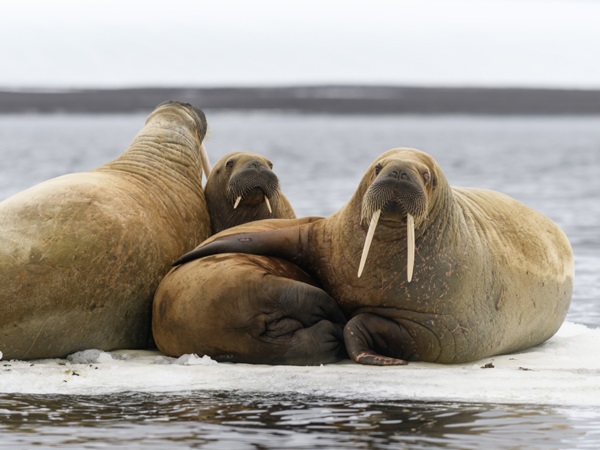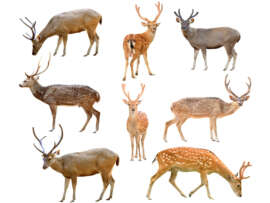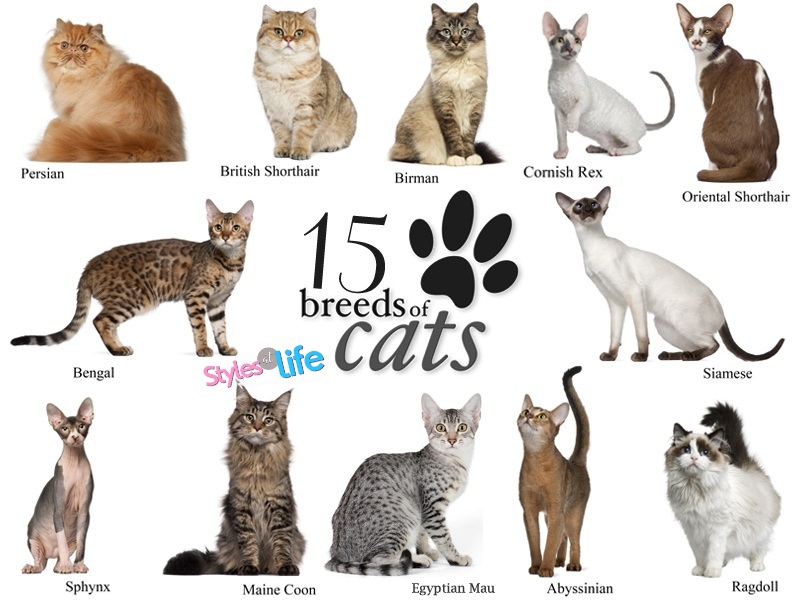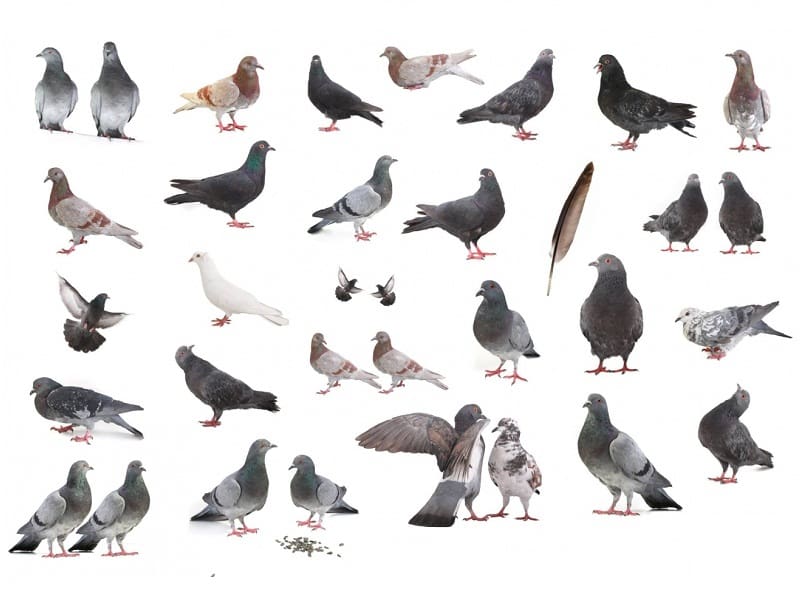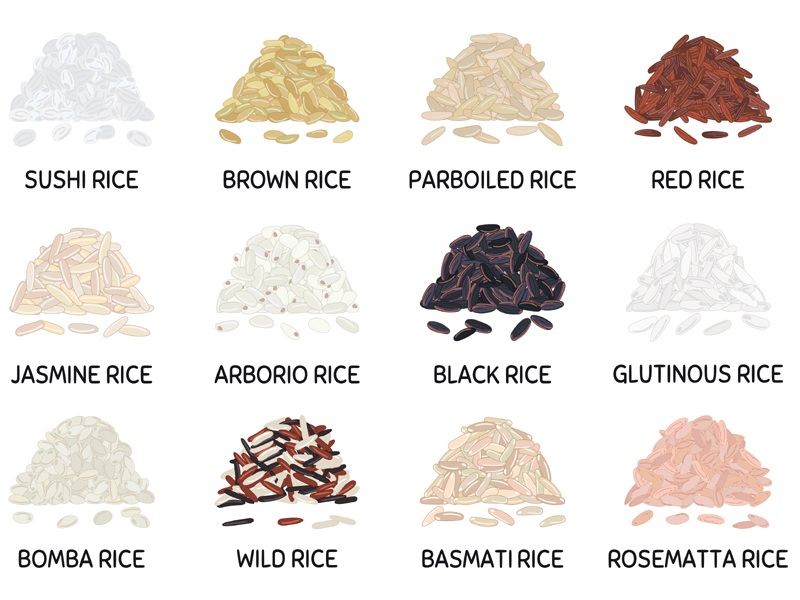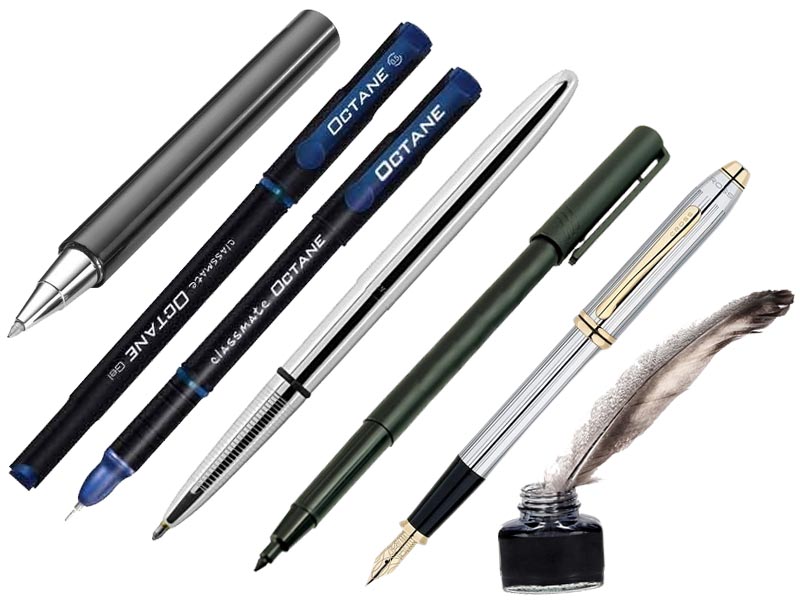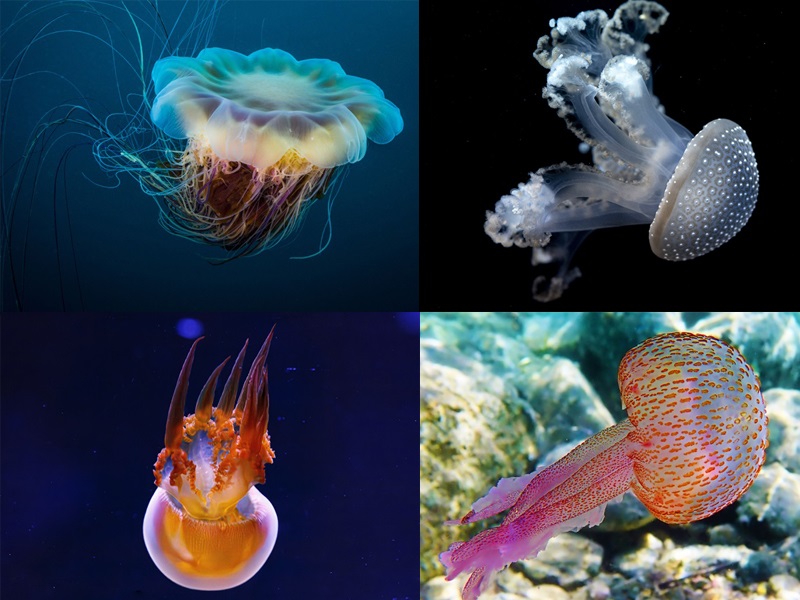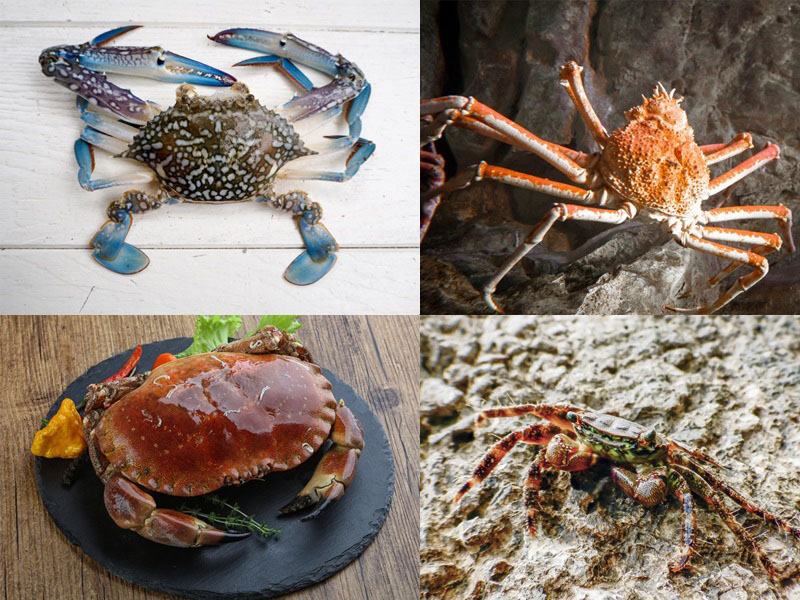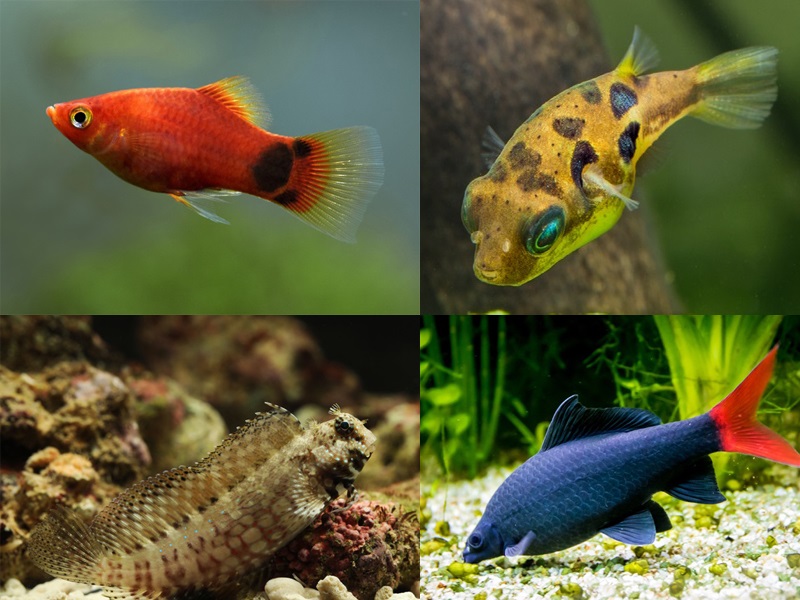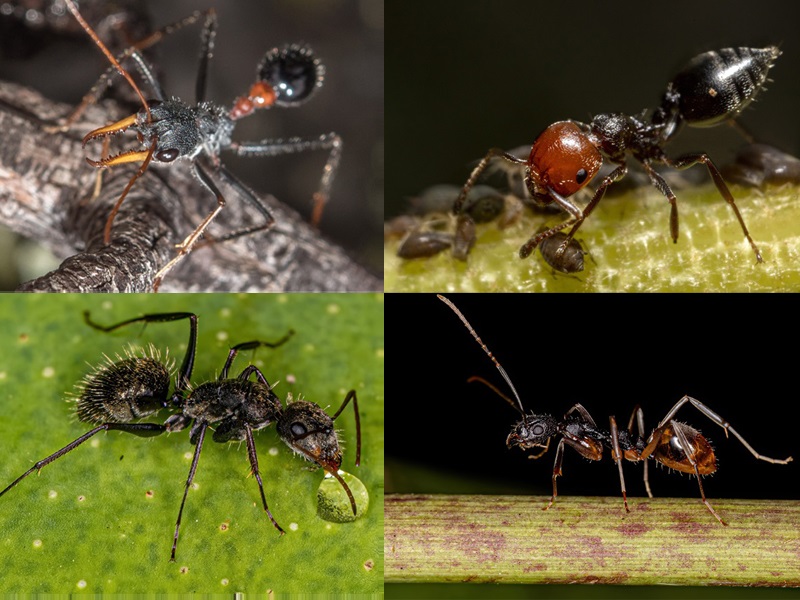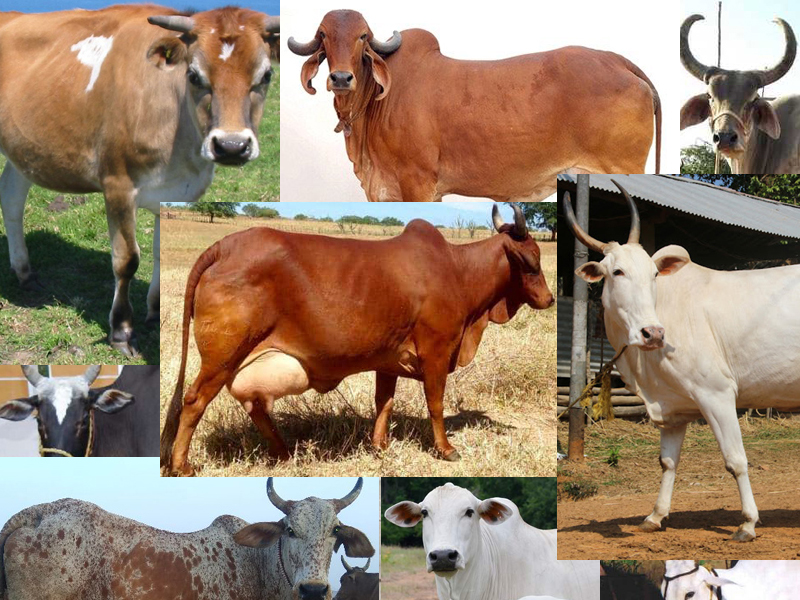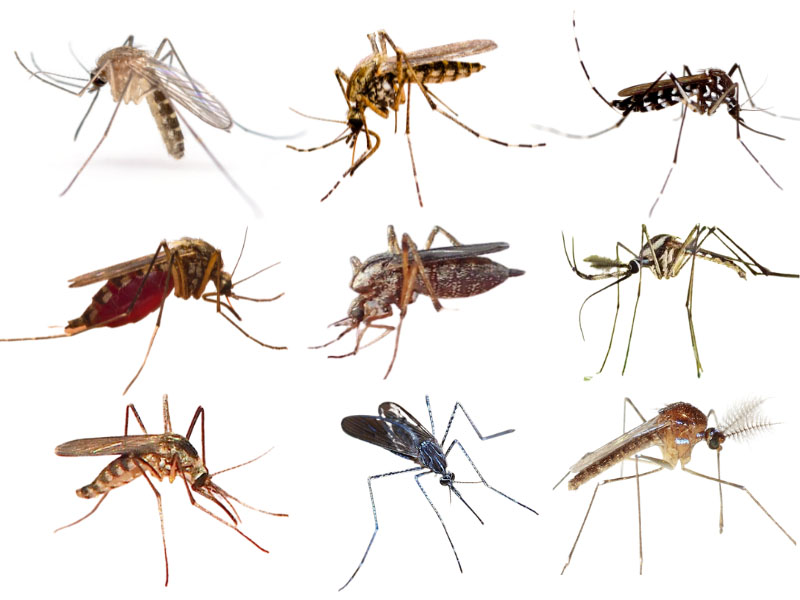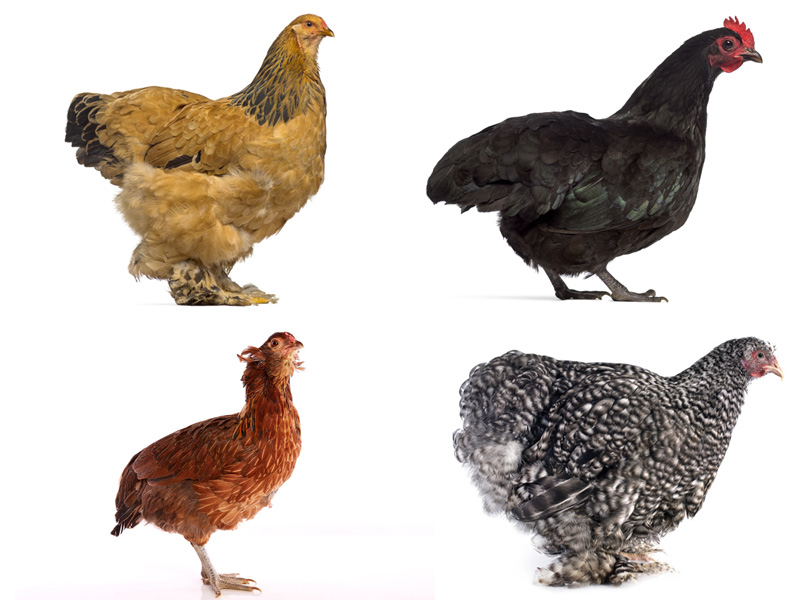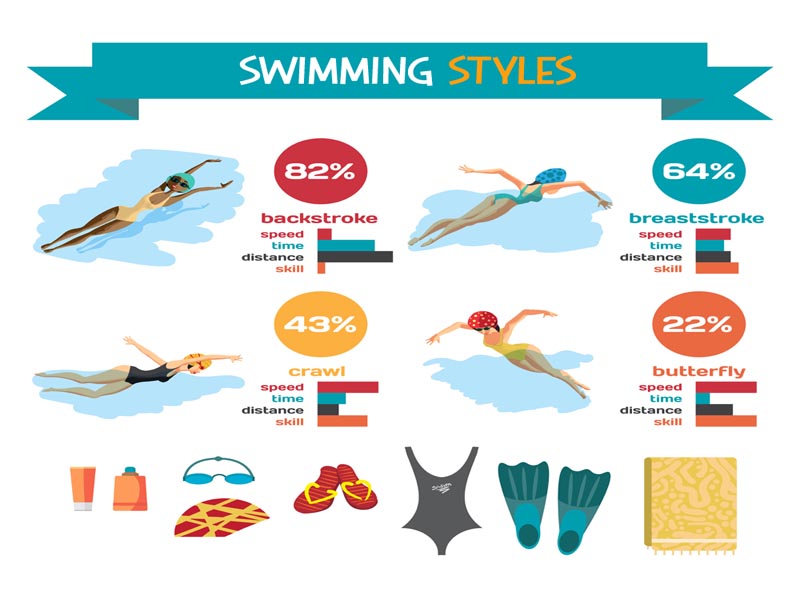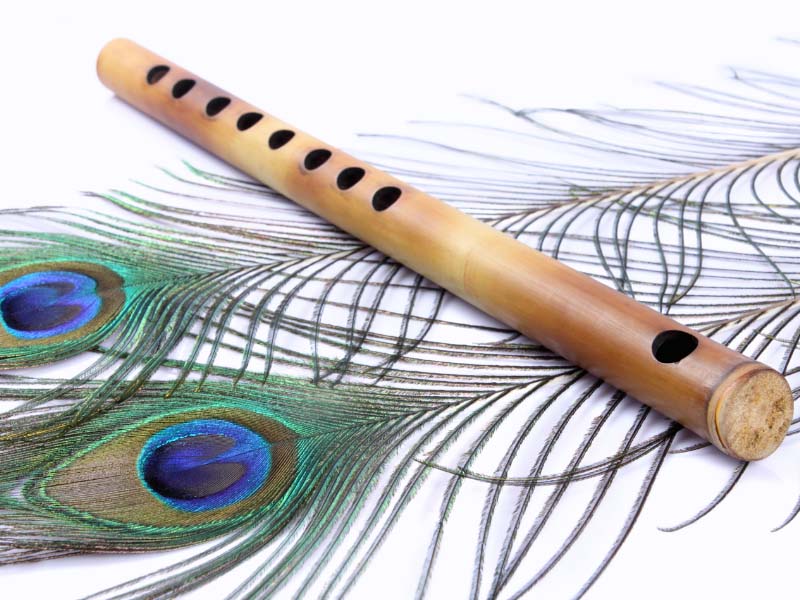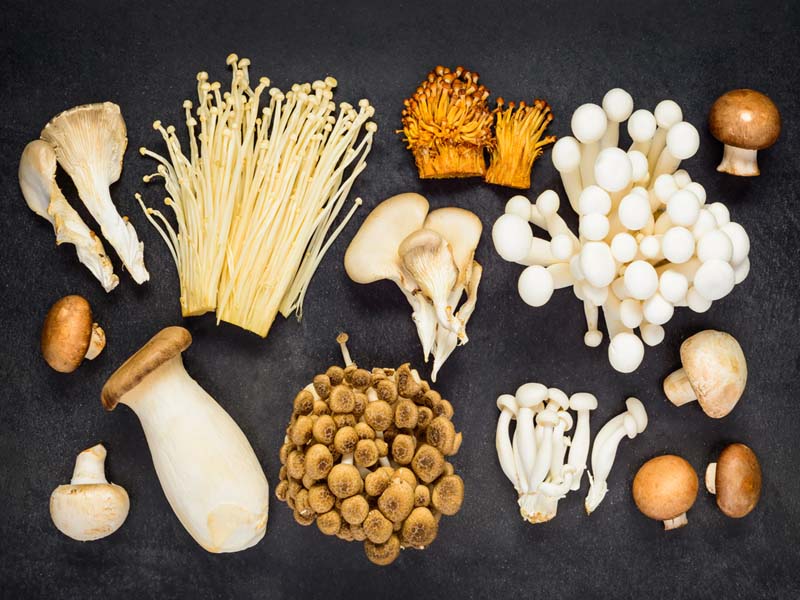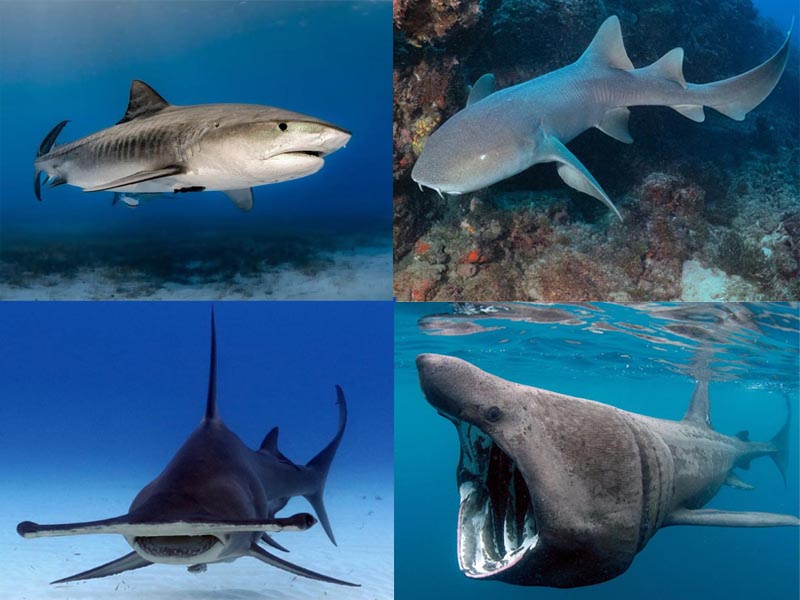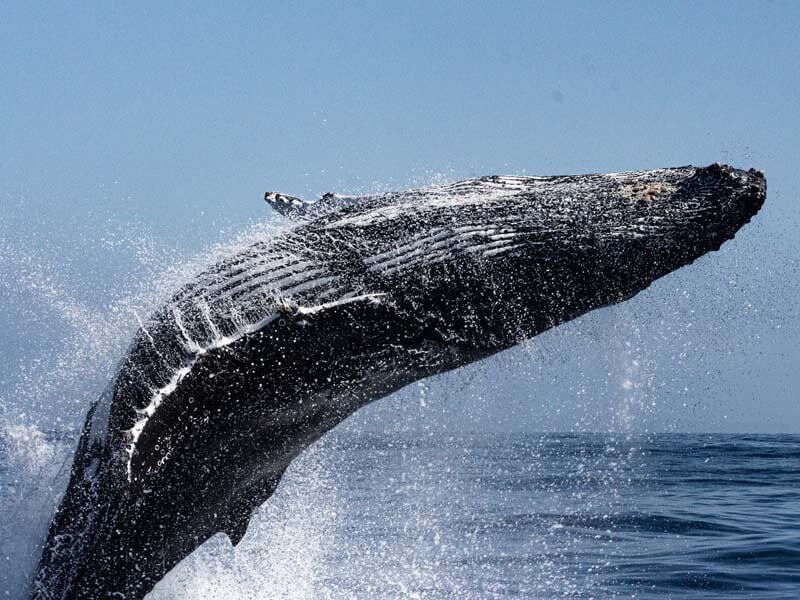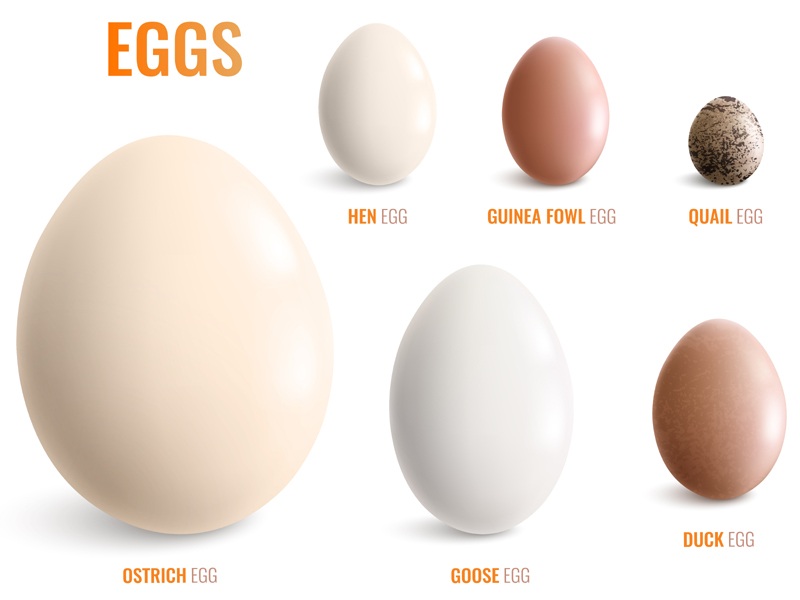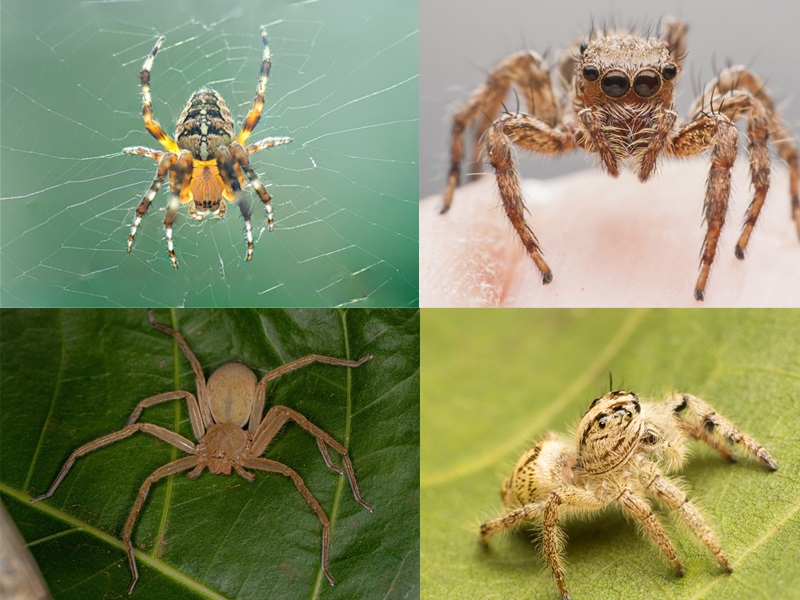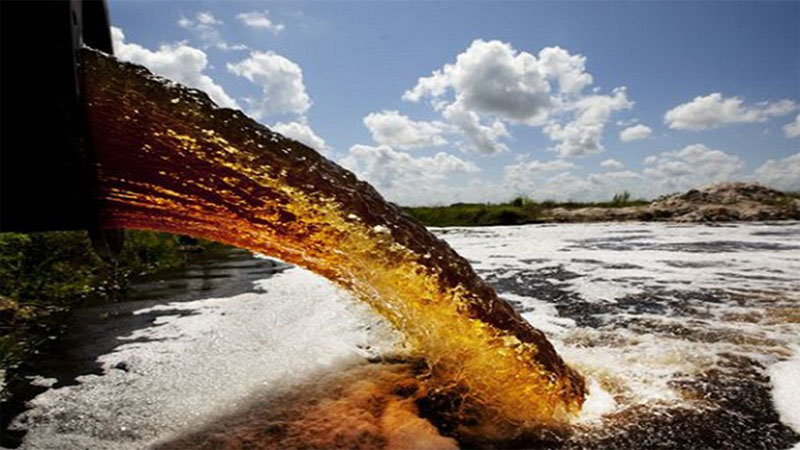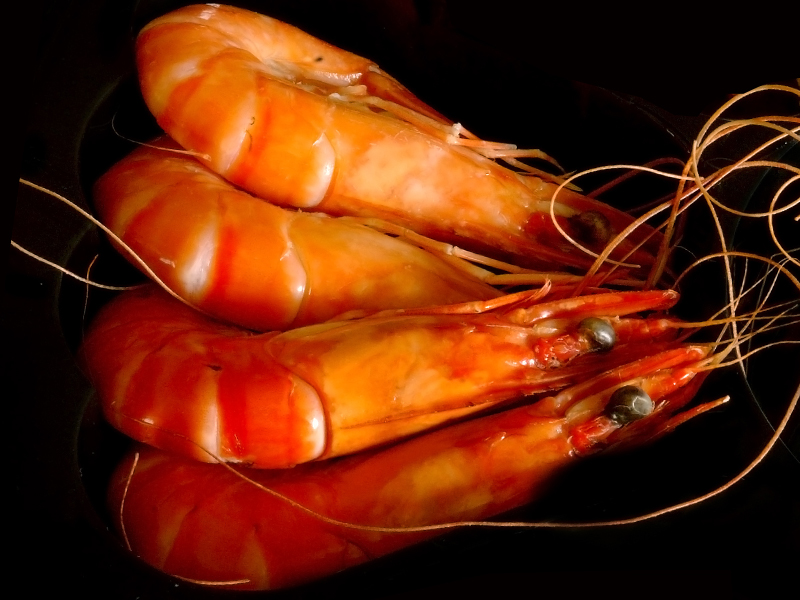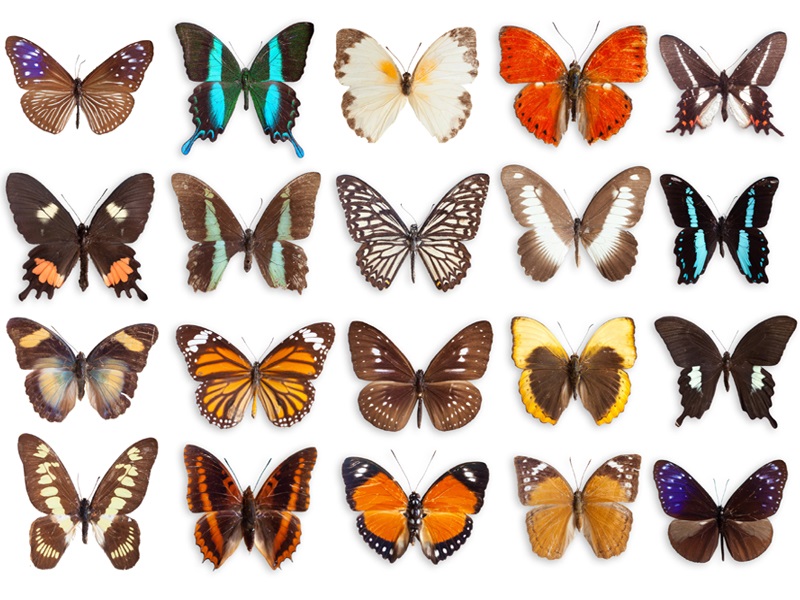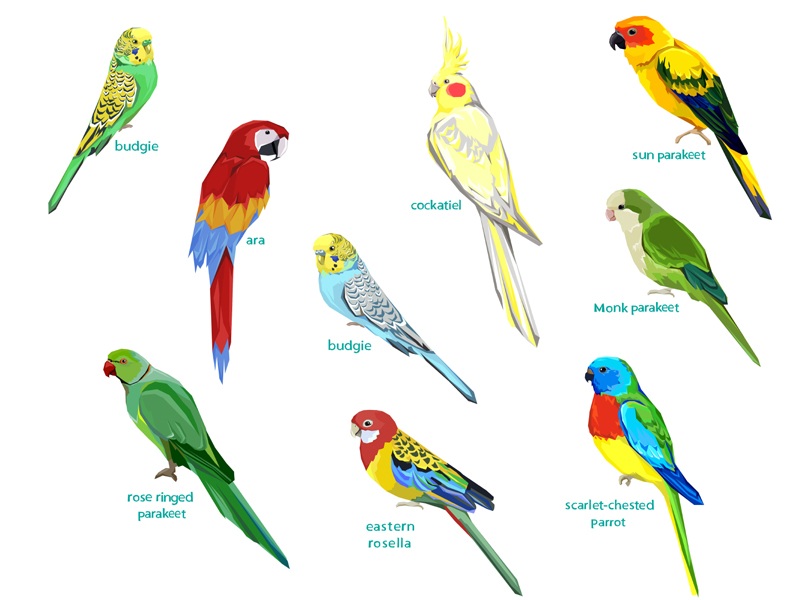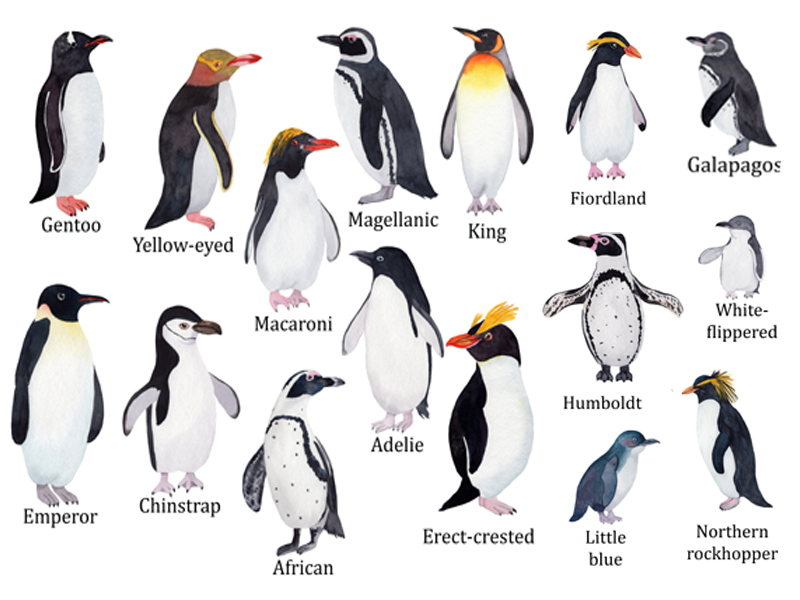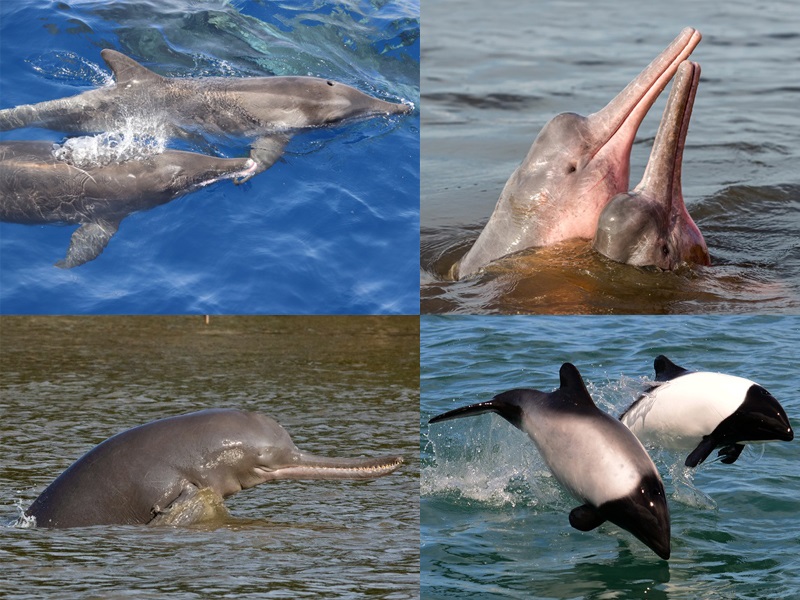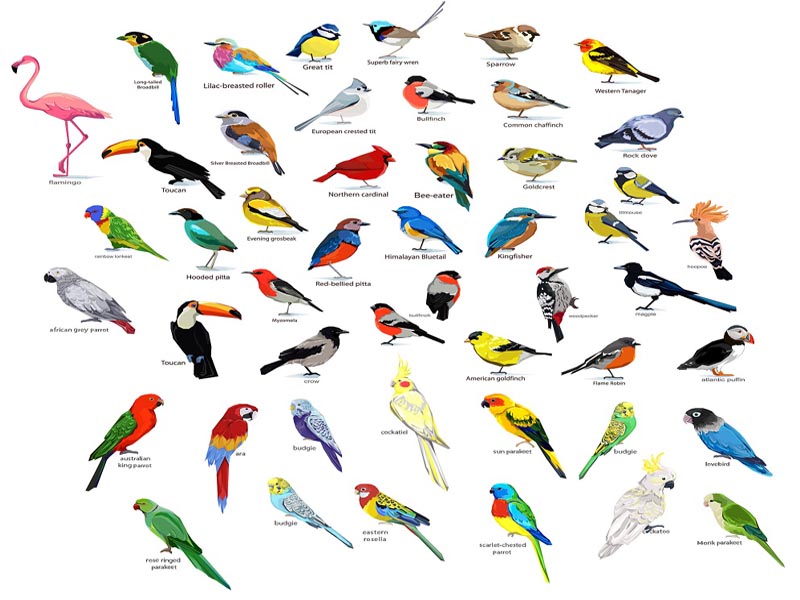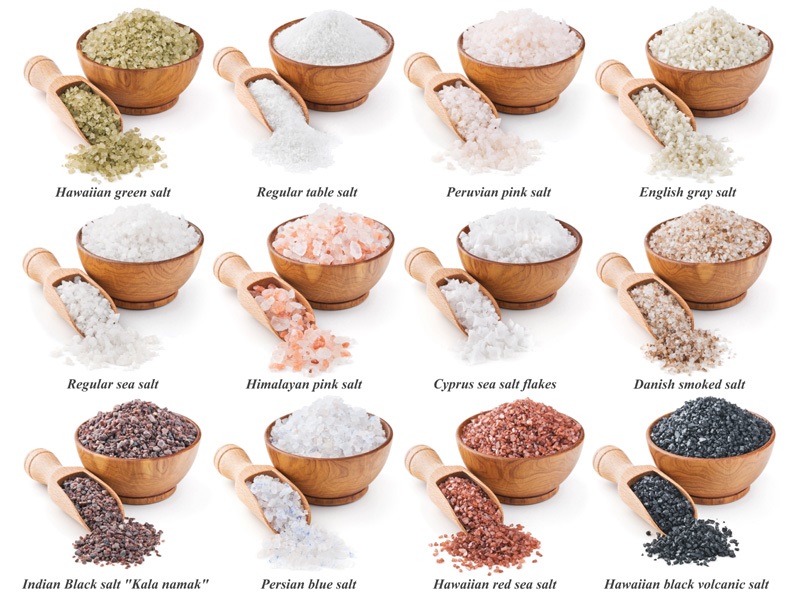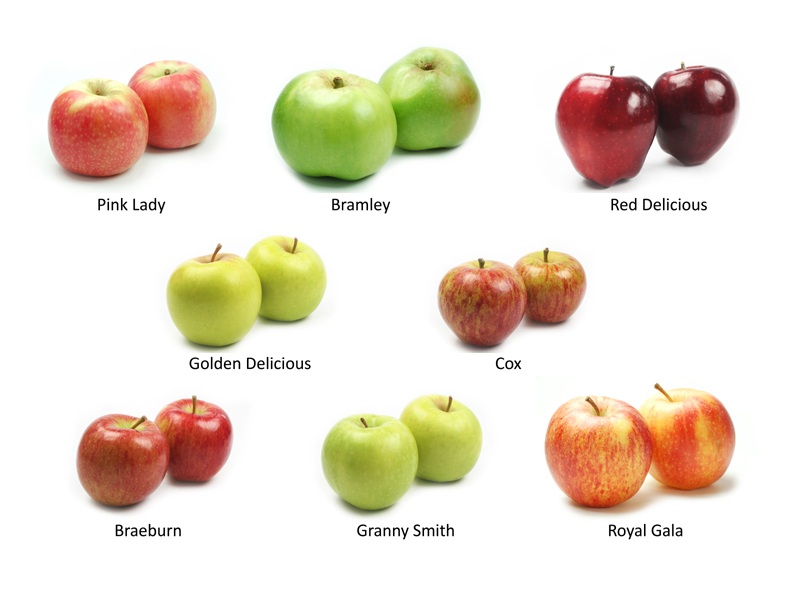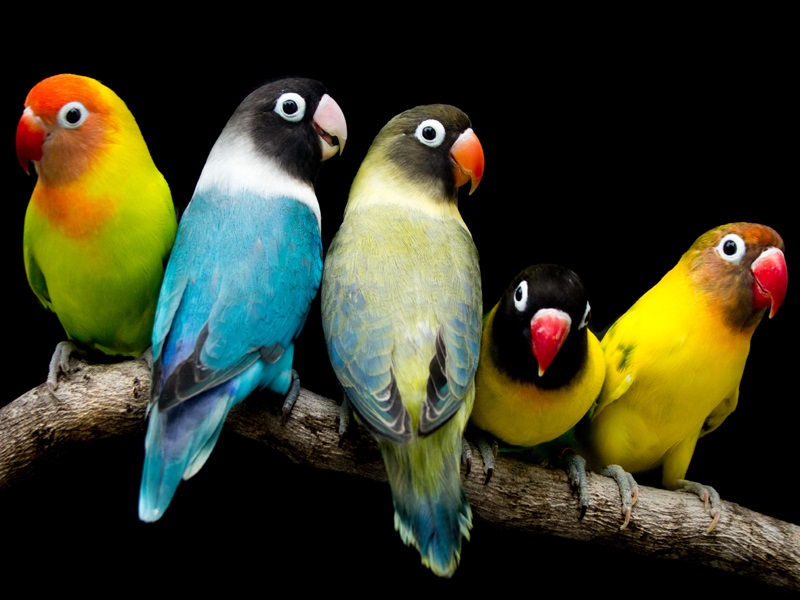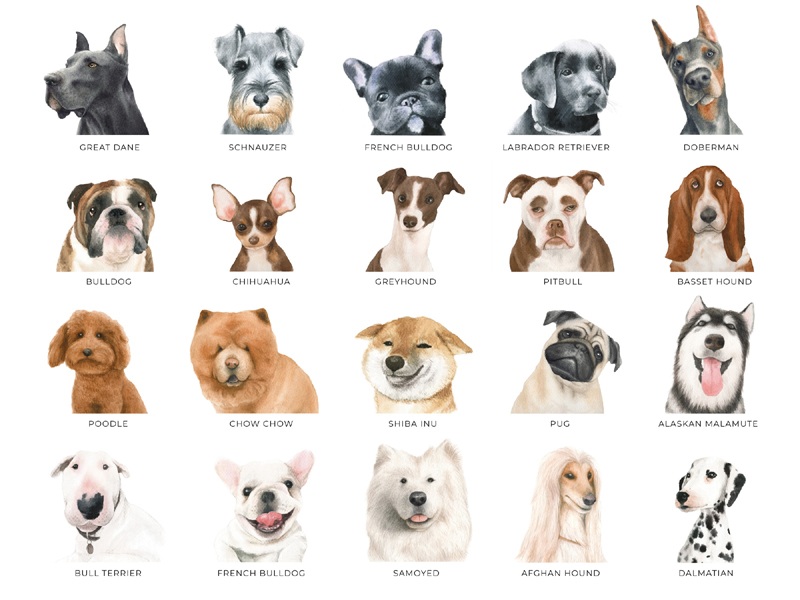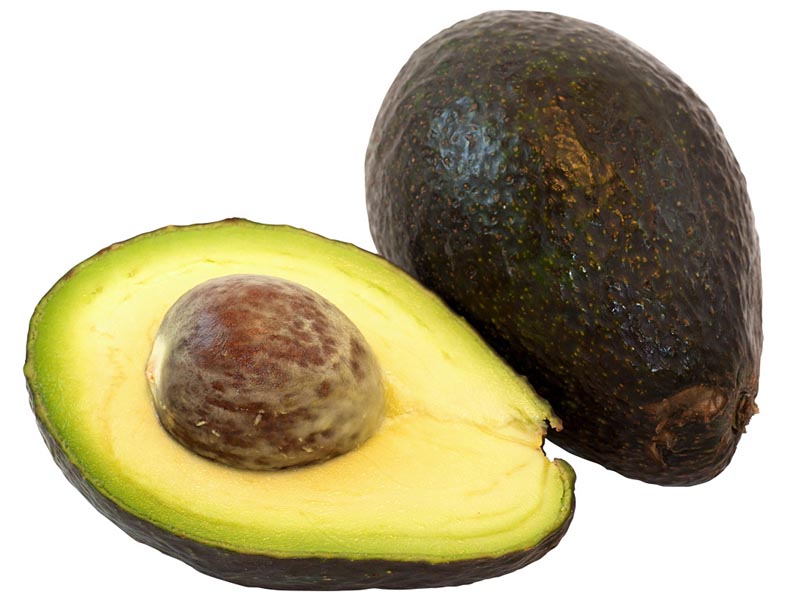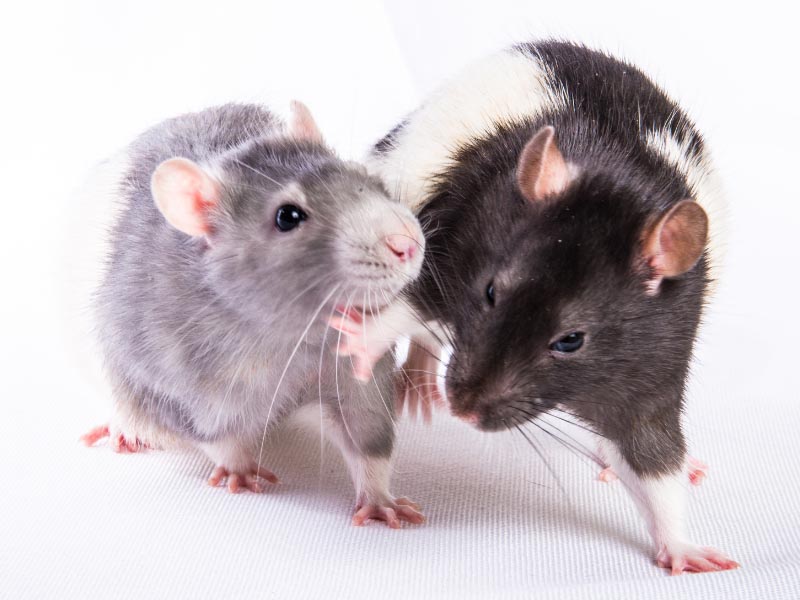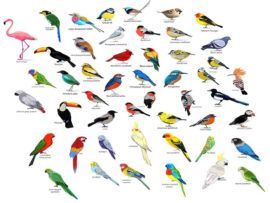Seals are arguably the most endearing of all the marine mammals on Earth. Found in all of the world’s major water bodies, seals are furry ocean dwellers with adorable puppy-like faces. But do you know how many types of seals are there? In this article, we have listed the prominent types of seals with each one’s characteristics.
Seals are one of the most unique, perfectly-adapted predators in the sea, despite their lovable demeanour. Let us go through this article for a comprehensive guide on the seal types. Read on!
What is a Seal? Its Scientific name, Characteristics:
Seals are a widely distributed and diverse clade of carnivorous whose scientific name is Pinnipeds in the clade Pinnipedia. A seal is a marine mammal with all the essential characteristics, though it loves all water bodies. According to paleontological records and identified fossils, 50 different extinct seal species exist. At the same time, there are 33 living seal species in three families. Here are the main categories of seals:
True seals (Phocids):
Also called earless seals, true seals or phocids are what people think of when they think of a seal. This category has 18 living species of the Phocidae family, making true seals the most prominent pinniped family.
Eared seals (Otariids):
The otariids are the pinnipeds’ second family, commonly known as eared seals. Fur seals and sea lions are included in this family. These seals have small visible ear flaps, as the name suggests.
15 Best Types Of Seals With Pictures:
We have prepared a list of some of the popular kinds of seals with their characteristic features making you a seal buff:
1. Harbor Seal:
The harbour seal is a pinniped which is also called the common seal. It lives along the sub-arctic waters of the Atlantic and Pacific oceans and most of the temperate waters. These seals have a brown to silver coat and are medium-size. The distinctive V-shaped nostrils distinguish the harbour seals from other species. The harbour seals are considered a species of most minor concern due to their wide range.
According to researchers, these seals are found resting on rugged, rocky coastlines, with at least 315,000 individuals globally. The harbour seals eat molluscs, anchovies, cod, herring and other tasty snacks while enjoying hanging out in shallow estuaries.
Scientific name: Phocavitulina.
Length: 6 feet.
Weight: 285 pounds.
Read Also: Different Whale Species
2. Hawaiian Monk Seal:
The Hawaiian monk seal is a small, greyish pinniped which is the only seal native to the Hawaiian islands. Also called Ilio-holo-i-ka-uaua in Hawaiian, these seals enjoy hanging out on sandy beaches, and it is Hawaii’s state mammal.
Although you can see them on the main island beaches, the Hawaiian monk seal lives in the northwestern part of the archipelago for the most part. These seals feed on octopuses, crustaceans, and bony fish. The Hawaiian monk seal is considered endangered because of its low genetic diversity, human disturbance and being preyed upon by tiger sharks, white sharks and Galapagos sharks.
Scientific name: Neomonachusschauinslandi.
Length: 7 to 7.5 feet.
Weight: 375 to 450 pounds.
3. Mediterranean monk seal:
Other than the Hawaiian monk seal, the Mediterranean mon seal is one of the only two living species of monk seal worldwide. The Mediterranean monk seal has a broad, primarily flat snout and relatively slim body similar to its Hawaiian cousin. As the name suggests, these seals are exclusively found in the Mediterranean sea.
Northeast Atlantic around Cabo Blanco and Madeira are where the non-Mediterranean populations of this species are found. Unfortunately, Mediterranean monk seals are fewer than about 700 left in the wild, making them listed as endangered. These seals feed on bony fishes, crustaceans and cephalopods.
Scientific name: Monachusmonachus.
Length: 7.8 feet.
Weight: 240 to 400 kg.
4. Ringed Seal:
The ringed seal can be found in the sub-arctic and arctic waters, including in the freshwater lakes of northern Europe, which are relatively small pinniped. However, more than 1.4 million individuals are found across the globe, making it one of the most populous valid seal species. The ringed seals prey on fish, cephalopods and crustaceans. Compared to adult seals, younger seals tend to eat more crustaceans. The five recognized subspecies of the ringed seal are:
- The Arctic ringed seal.
- Baltic ringed seal.
- Lagoda seal.
- Saimaa ringed seal.
- Pusahispidaochotensis.
Scientific name: Pusahispida.
Length: 4 to 4.5 feet.
Weight: 110 to 150 pounds.
5. Southern Elephant Seal:
The southern elephant seal is the world’s largest pinniped, the largest whale marine animal with a maximum weight of about 8,800 lbs. The weight of the southern elephant seal is the same as some elephant types. This seal is found in the Southern Hemisphere, as the name suggests. It is believed that there are about 650,000 or so individuals, most of which are present in the South Atlantic.
The species we drove to extinction in the nineteenth century because they were heavily hunted in the 19th century. However, since the ban on southern seal hunting, the species has remarkably recovered.
Scientific name: Mirounga leonine.
Length: 20 feet.
Weight: 8800 pounds.
6. Bearded Seal:
The bearded seal is a hefty marine mammal and is the largest of the northern pinnipeds besides the Walrus. Although there is relatively little size difference between male and female bearded seals, they can weigh upward of about 950 lbs. These seals live on the pack ice in the Arctic. The bearded seal has some facial hair which surprisingly looks like a well-kept beard, as its name suggests.
The red colour on the face of the bearded seal is the way to distinguish them from similar pinnipeds. Bearded seals have natural predators like polar bears, walruses, orcas, and Greenland sharks. However, still, they are listed as the species of least concern. These seals feast on molluscs, Arctic cod and local crustaceans.
Scientific name: Erignathus barbatus.
Length: 7 to 8 feet.
Weight: 575 to 800 pounds.
7. Crabeater Seal:
The crabeater seal is a medium-sized pinniped found only around Antarctica’s coastal waters. It has a gorgeous silvery fur coat. The crabeater seal doesn’t actually eat crabs despite its name. Instead, this seal uses its unique sieve-like teeth to filter krill related closely to leopard, Weddel, and ross seals. However, leopard seals prey on crabeater seal pups and even in adulthood. As a result, the flippers of many adult crabeater seals have scars from fending off the leopard seal’s hunger. Because of the species’ fondness for remote habitats, it is unclear how healthy the overall crabeater population is.
Scientific name: Lobodoncarcinophagus.
Length: 6.6 to 8.2 feet.
Weight: 500 pounds.
8. Northern Fur Seal:
The northern fur seal isn’t that closely related to other fur seals, despite its name. In fact, this fur seal is the only species found in the North Pacific frigid water and is the only seal regularly sighted to the north of Mexico. In addition, the northern fur seal forms large breeding colonies found around the Kamchatka Peninsula in Russia and Alaska. These seals feed on small schooling fish like herring, hake, anchovy, squid and walleye pollock.
Unfortunately, in the nineteenth century, Indigenous people in Alaska and Arctic Russia drove these species into extinction. As a result, despite recent conservation efforts, the northern seal is a vulnerable species with a declining population.
Scientific name: Callorhinus ursinus.
Length: 5 to 7 feet.
Weight: 120 to 600 pounds.
9. Antarctic Fur Seal:
The Antarctic fur seals are found throughout Antarctic and sub-Antarctic waters and the southernmost of the fur seals. Interestingly, more than in the Antarctic, these seals are more widely distributed on the sub-Arctic islands. This is because, during the 18th and 19th centuries, the Antarctic fur seals were nearly driven into extinction due to heavy hunting. Primarily, the Antarctic fir seals feed on krill, squid and fish.
Scientific name: Arctocephalus Gazella.
Length: 6.5 feet – male, 4.6 feet – female.
Weight: 294 pounds – male, 75 pounds – female.
10. Brown Fur Seal:
The brown fur seal is the planet’s largest fur seal. There are subspecies of this pinniped, both of which live in the Southern Hemisphere. The two subspecies are the South African and Australian fur seals. The huge colonies on rocky and sandy coastlines are where you can find these fur seals. Unfortunately, during the 18th and 19th centuries, these species were extensively hunted, leading to their extinction. Thanks to the conservation efforts, both sub-species are listed as species of least concern today.
Scientific name: Arctocephalus pusillus.
Length: 10 feet – male, 6 feet – female.
Weight: 660 pounds – male, 130 pounds – female.
11. Guadalupe Fur Seal:
Found exclusively along the western coast of the Baja Peninsula around Guadalupe island, the Guadalupe fur seal is one of the northernmost species of fur seal. In the 19th century, the Guadalupe fur seal was heavily hunted like many fur seal species with fewer than 100 individuals. However, thanks to local conservation efforts, this seal is now a species of least concern as of 2021.
The Guadalupe fur seal is known to relax in the water, although you can see them on the rocky coastlines. In fact, these seals have seen rear flippers sticking out with its head underwater. The Guadalupe fur seals feed on small pelagic fish and coastal fish.
Scientific name: Arctocephalus townsendi.
Length: 6 feet – male, 4.5 feet – female.
Weight: 220 pounds.
12. Galapagos Fur Seal:
The Galapagos fur seal is the world’s smallest fur seal. It is currently listed as endangered and is endemic to the Galapagos Islands off the coast of Ecuador, hence the name. Although they are born with a dark black coat, with age, it becomes more brownish. These seals are tiny for a pinniped because they rarely grow more than 64 kg. The Galapagos fur seals feed on small squid and a variety of fishes. Although they are no longer hunted, oil spills affect their long-term well-being. Boat collisions and human disturbances.
Scientific name: Arctocephalus galapagoensis.
Length: 5 feet – male, 4 feet – female.
Weight: 141 pounds – male, 62 pounds – female.
13. South American Fur Seal:
The South American fur seal is South America’s most widespread pinniped species, hence the name. From the South of Brazil and Ecuador, as well as the Falkland Islands, is the range you can find these seals. This means the South American fur seals can adapt to various environments like the subtropical waters of coastal Ecuador and the harsh winters of Tierra del Fuego. Unfortunately, there is very little known about the South American fur seal despite its wide range. These seals’ food includes shrimp, fish and krill.
Scientific name: Arctocephalus australis.
Length: 6.9 feet – male, 4.5 feet – female.
Weight: 441 pounds – male, 110 pounds – female.
14. Sub Antarctic Fur Seal:
The Subantarctic fur seal is found in the southernmost parts of the Indian, Atlantic, and Pacific oceans and is a geographically widespread pinniped. The Subantarctic species are found in more northern water, though they share many physical features with the Antarctic fur seals. The range of these species includes Gough Island, Ile Amsterdam and Prince Edward Island, which are highly remote. These seals feed on a small number of crustaceans, myctophid, nototheniid fish and cephalopods.
Scientific name: Arctocephalus tropicalis.
Length: 6 feet – male, 5 feet – female.
Weight: 363 pounds – male, 110 pounds – female.
15. Walrus:
Walrus is technically a type of seal because it is the only living species in the Odobenidae family, part of the Pinnipedia clade. However, there are some significant differences between seals and walruses. A walrus is the only seal with tusks and is the largest seal on the planet. Its size is beaten only by two elephant seal species. Walruses live around the Arctic ocean in a discontinuous circumpolar habitat. The pacific and Atlantic are the two recognized subspecies of Walrus.
Many indigenous people, including the Inuit, Chukchi and Yupik, traditionally consider Walrus a vital food source. Unfortunately, European hunters also ver-hunted and exploited walruses during the 17th century, leading to the Atlantic walrus’ extinction. Due to the effects of climate change, it is still listed as vulnerable.
Scientific name: Odobenus rosmarus.
Length: 7.25 to 11.5 feet.
Weight: 1.5 tons.
Interesting facts about seals:
Here are some facts about seals that you might find interesting:
- Seals are marine mammals, part of the pinniped order. There have evolved from once terrestrial otter-like creatures, and there are 33 species of pinnipeds in the world.
- Seals prefer cold seawater, primarily found in Antarctic and Arctic regions. The four specialized species on the Antarctic ice are the leopard, ross, Weddell, and crabeater seals.
- The grey seals can live up to 35 years in the wild. Compared to male seals, female seals boast a higher life expectancy. Male seals rarely reach 25 years, whereas females can get up to 30 years.
- Seals come in different sizes.
- Out of all the seal species, the Crabeater Seal boasts the largest population, and they can be spotted on the Antarctic cruise.
- Seals come onto the land to mate, give birth, moult, and escape predators like whales and sharks.
- In search of food, the seal will dive up to 900m, and some can hold their breath for up to two hours underwater.
- Per day seal pups can put on 2Kgs because a seal mum’s milk can be up to 50% fat.
- Several types of seals have gone extinct over the last century. This is because the fat and fur of these animals are highly coveted, and they have been hunted throughout history.
- There is about an 11-month gestation period for seals.
- Because of a familiar call, mother and baby seals recognize each other efficiently.
The cute and cuddly seals are sea predators living on various foods. These sea animals adapt to their environment quickly and come in multiple sizes. We hope the information provided in this article about the different types of seals has helped you learn more about these animals. Don’t forget to let us know if you found this article helpful!
FAQs:
1. Which is the most recognizable seal species?
The baby harp seal is arguably the cutest type of seal with an adorable dog-like face and stunning coat of soft white fur.
2. Which is the most common seal species?
The Harbor seal is the world’s most common seal species found in all of the northernmost waters of the Northern Hemisphere. The Antarctic fur seal is yet another common seal species whose habitat is more remote.
3. What is the food of seals?
Seals feed on fishes, including cod, herring, flatfish, and sand eels, because seals aren’t fussy eaters. In addition, shrimps, crabs, squid, molluscs and crustaceans are some seals snacks.
Disclaimer:
The content presented in this article is based on pure research and is not a replacement for a professional opinion. The website is not responsible for the authenticity and accuracy of the information.


